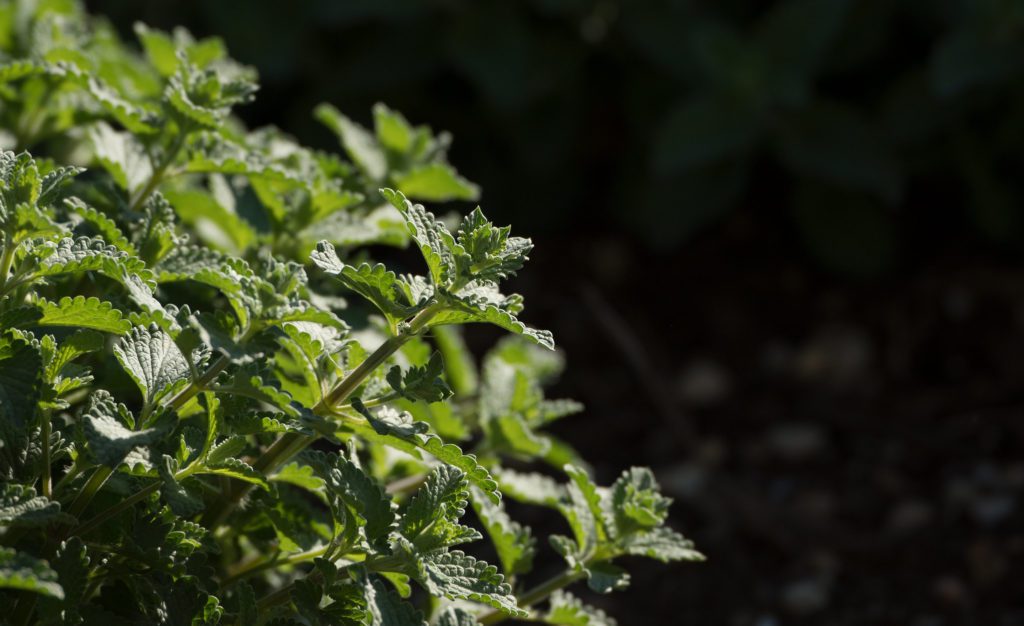One of the most important considerations for transplant production is managing “stretch” or height of transplants. The goal is to produce transplants of a size that can be handled by mechanical transplanters and transplanting crews without damage and also tolerant to wind. More compact plants with thicker stems are desired.
Most growth regulators that are used for bedding plants are not registered for vegetable transplants. One exception is Sumagic, registered for use as a foliar spray on tomato, pepper, eggplant, groundcherry, pepino and tomatillo transplants (no other crops are registered at present). The recommended label rate is 0.52 to 2.60 fluid oz per gallon (2 to 10 ppm) and one gallon should be sprayed so it covers 200 sq ft of transplant trays (2 quarts per 100 sq ft). The first application can be made when transplants have 2-4 true leaves. One additional application may be made at the low rate, 0.52 fluid oz per gallon (2 ppm), 7-14 days later, but you cannot exceed 2.60 fluid oz of total product (per 100 sq ft) for a season. Growers are advised to perform small-scale trials on a portion of their transplants under their growing conditions before large scale adoption.
For other crops alternative methods for height control must be used. One such method that is successful is the use of temperature differential or DIF; the difference between day and night temperatures in the greenhouse. In most heating programs, a greenhouse will be much warmer during the day than the night. The critical period during a day for height control is the first 2 to 3 hours following sunrise. By lowering the temperature during this 3-hour period, plant height in many vegetables can be modulated. Drop air temperature to 50° – 55°F for 2-3 hours starting just before dawn, and then return to 60° – 70°F. Vegetables vary in their response to DIF. For example, tomatoes are very responsive, while squash is much less responsive.
Mechanical movement can also reduce transplant height. This may be accomplished by brushing over the tops of transplants twice daily for with a pipe or wand made of soft or smooth material. Crops responding to mechanical height control include tomatoes, eggplant, and cucumbers. Peppers are damaged with this method.
Managing water can also be a tool to control stretch in some vegetables. After plants have reached desired size, expose them to stress cycles, allowing plants to approach the wilting point before watering again. Be careful not to stress plants so much that they are damaged.
Managing greenhouse fertilizer programs is yet another method for controlling transplant height. Most greenhouse growing media come with a starter nutrient charge, good for about 2 weeks after seedling emergence. After that, you need to apply fertilizers, usually with a liquid feed program. To produce more compact plants, limit the amount of phosphorus applied. Greenhouse fertilizers that are high in phosphorus will induce more stretch than those low in phosphorus.
Exposing plants to outside conditions is used for the hardening off process prior to transplanting. You can also use this for transplant height control during the production period. Roll out benches that can be moved outside of the greenhouse for a portion of the day or wagons that can be moved into and out of the greenhouse can be used for this purpose.
– Gordon Johnson, University of Delaware Extension Vegetable & Fruit Specialist; [email protected]
Photo: Lance Cheung, USDA















